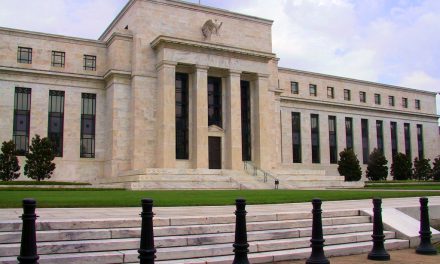At this point in the pandemic and recession hangover, the impacts of the supply chain disruption have become a regular part of life.
For housing, unpredictable material shortages have caused delays in home renovation projects and in new builds, which have seen increased demand during these long pandemic months. Further, basic economics teaches us that high demand and reduced supply can only mean one thing: rising prices.
From August 2019 to August 2021, construction material prices increased nationwide:
- 201% for diesel fuel (impacting site preparation and the transportation of materials);
- 190% for particleboard and fiberboard (used for cabinets and other built-in features);
- 140% for plywood (used for exterior sheathing);
- 123% for steel mill products (primarily used for framing);
- 121% for lumber (also primarily used for framing); and
- 101% for copper wire and cable (used for wiring), according to a Fixr survey of construction professionals and companies.
With each of these crucial construction materials more than doubling in price over the course of just two years, builders — and buyers of new homes — are in trouble.
When asked how building professionals are handling the rapid price increase of construction materials:
- 66% said they are raising prices;
- 23% are reducing waste;
- 23% are using alternative materials;
- 20% are beginning to use escalation clauses in their contracts;
- 18% are changing their designs to use fewer materials;
- 17% are pre-ordering materials in anticipation of more increases, risking future losses;
- 15% are canceling or postponing projects;
- 12% are using new technologies; and
- 8% are laying off workers.
On top of price increases, builders and developers have also cited worker shortages and shipping delays as major obstacles. Further, as price increases are passed along to consumers, many clients are delaying payments, causing additional hold-ups for builders who need those fees to pay workers and move on to more projects.
All of these converging factors are not only pricing out new homebuyers and causing builder delays — they’re also threatening to put some builders out of business.
California’s housing crisis meets a labor shortage
Here in California, rapidly rising home prices already put homebuying out of reach for many would-be buyers. The recent leap in construction prices and the surge in obstacles for builders pushes homeownership even further out of reach.
While historically low interest rates have helped alleviate some of the recent price increases, interest rates have begun to creep higher in Q4 2021, pushing buyer purchasing power into the negative.
Further, while supply is expected to eventually return to normal levels and increase to match demand, the shortage of workers is likely to remain a long-term problem. Even before the great resignation of 2020-2021, the construction market faced a lack of workers that continuously caused higher prices and delays.
Related article:
California’s legislature is continuously attempting to address the housing shortage. Some of these efforts include:
- loosening zoning restrictions;
- requiring amendments of local governments’ housing plans to include more low- and moderate-income units;
- encouraging accessory dwelling unit (ADU) construction; and
- incentivizing transit-oriented developments.
However, without workers to complete these projects, and with the volatile fluctuation in material prices, these efforts will all be futile.
firsttuesday forecasts the jobs recovery to gain momentum starting in 2024, at which time residential construction will once again take off. In the meantime, government intervention in the form of an infrastructure bill can only help jumpstart the jobs market and encourage workers to return to the labor force with access to greater pay and benefits.
As we have recently experienced, demand alone is not enough to ensure adequate housing, or a strong economy. Before an economic recovery occurs, the foundations need to be repaired. And for that to happen we need jobs — and workers.




















2024 will be way too late. The astonishing speed of destruction that we are now seeing is ???? We are most likely at the point of no return right now. Painted into a corner with no way out.